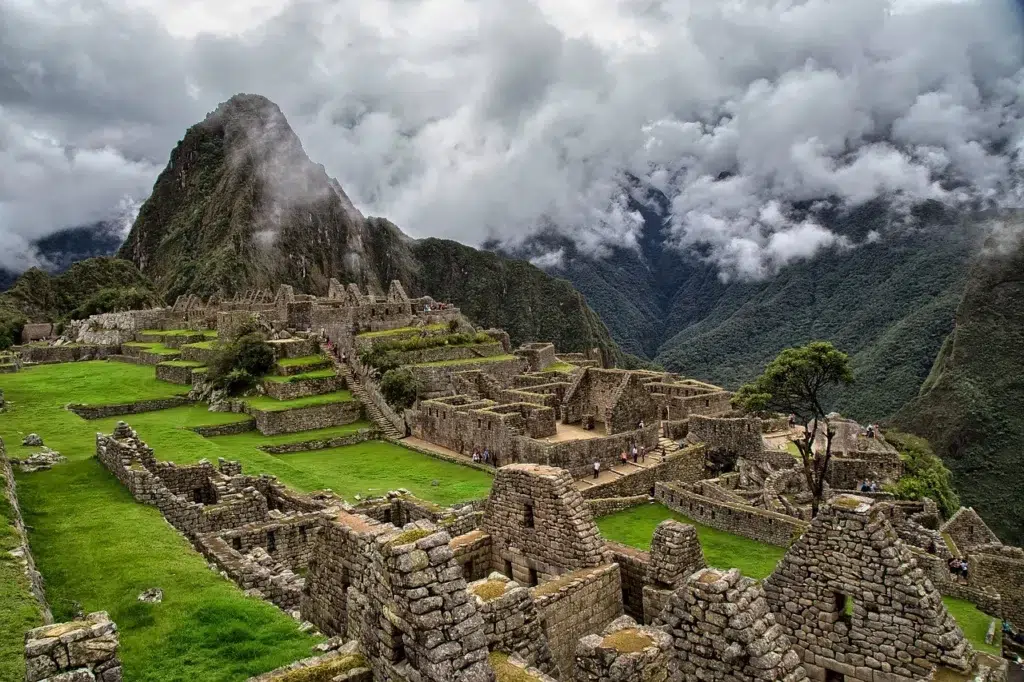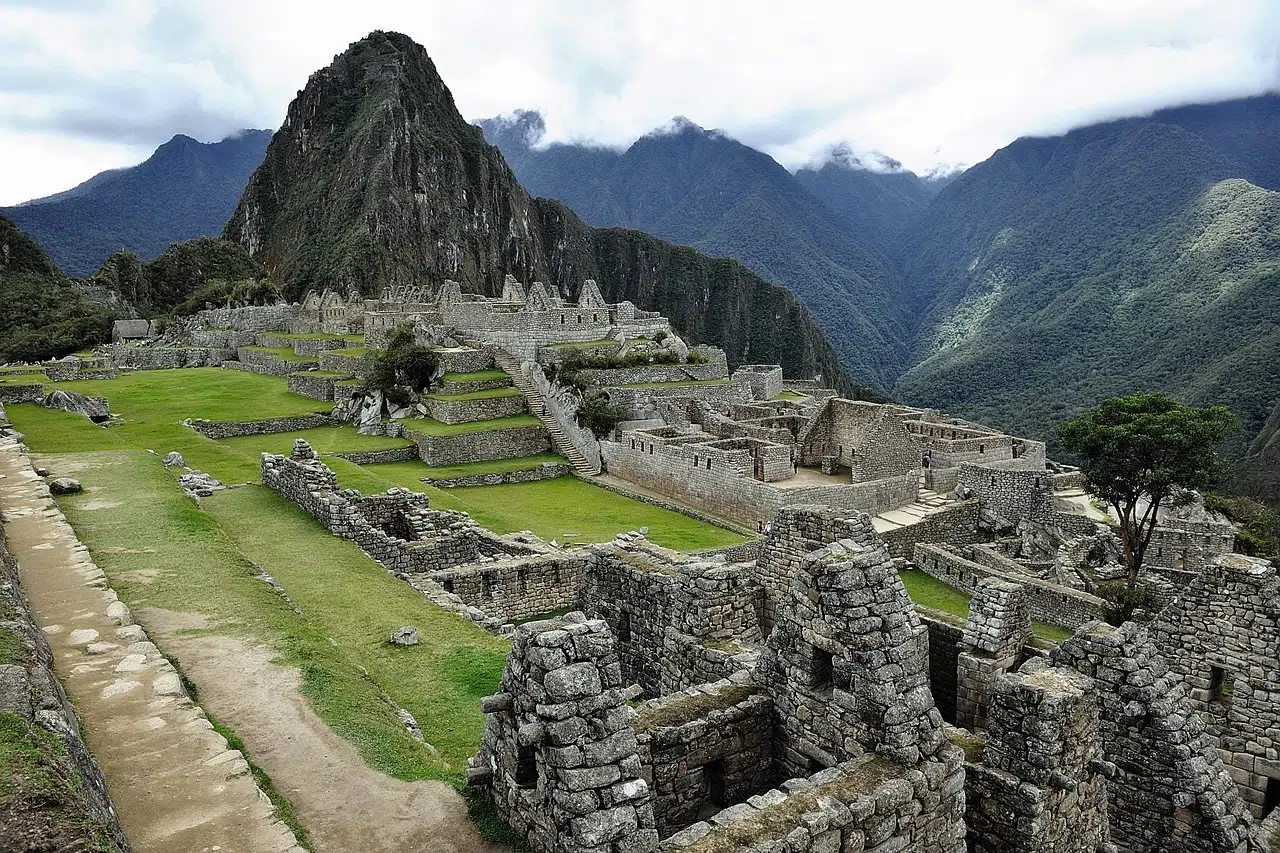When you think of the Inca Trail, your mind likely conjures images of ancient ruins, breathtaking mountain passes, and the awe-inspiring Machu Picchu. But there’s another, lesser-known aspect of this iconic trek that adds to its mystique and natural beauty: terpenes. These organic compounds, found in the plants along the trail, play a crucial role in the ecosystem and even influence your trekking experience. In this article, we’ll explore what terpenes are, their significance on the Inca Trail, and why they matter to both the environment and trekkers.
What Are Terpenes?
Terpenes are a large and diverse class of organic compounds produced by plants, particularly conifers, and some insects. They are responsible for the aromatic scents of many plants and are found in essential oils, resins, and other plant secretions. Terpenes serve various functions, including:
- Attracting Pollinators: Their strong scents help attract bees, butterflies, and other pollinators.
- Repelling Predators: Some terpenes act as natural insecticides, deterring herbivores and pests.
- Medicinal Properties: Many terpenes have anti-inflammatory, antifungal, and antibacterial properties.
On the Inca Trail, terpenes are abundant in the native flora, contributing to the trail’s unique aroma and ecological balance.
Terpenes on the Inca Trail: A Natural Wonder
The Inca Trail passes through diverse ecosystems, from high-altitude grasslands to lush cloud forests. Along the way, you’ll encounter a variety of plants rich in terpenes, including:
- Eucalyptus Trees:
- Known for their strong, refreshing scent, eucalyptus trees produce terpenes like cineole, which has anti-inflammatory and decongestant properties.
- The aroma of eucalyptus can be invigorating, especially during the challenging climbs on the trail.
- Polylepis Trees:
- These ancient trees, often called “paper trees,” are found at high altitudes and produce terpenes that help them survive harsh conditions.
- Their presence adds to the trail’s mystical atmosphere.
- Native Herbs and Shrubs:
- Plants like muña (Andean mint) and ichu grass (a high-altitude grass) release terpenes that contribute to the trail’s unique scent profile.
- Muña, in particular, is known for its digestive and respiratory benefits.
Why Do Terpenes Matter on the Inca Trail?
Terpenes play a significant role in both the environment and your trekking experience. Here’s why they matter:
1. Enhancing the Trekking Experience
- The natural aromas of terpenes can have a calming and uplifting effect, helping you stay motivated during challenging sections of the trail.
- The scent of eucalyptus, for example, can clear your airways and make breathing easier at high altitudes.
2. Supporting the Ecosystem
- Terpenes help maintain the health of the trail’s flora by protecting plants from pests and diseases.
- They also contribute to the overall biodiversity, supporting pollinators and other wildlife.
3. Cultural and Medicinal Significance
- Many of the plants rich in terpenes have been used by Andean communities for centuries for their medicinal properties.
- For example, muña is often brewed into tea to alleviate altitude sickness and digestive issues.
How to Experience Terpenes on the Inca Trail
To fully appreciate the role of terpenes on the Inca Trail, keep these tips in mind:
- Take Time to Smell the Flora:
- Pause during your trek to enjoy the natural scents of eucalyptus, muña, and other plants. It’s a simple way to connect with the environment.
- Learn About Native Plants:
- Ask your guide about the flora along the trail. Many guides are knowledgeable about the medicinal and cultural uses of local plants.
- Try Traditional Remedies:
- If offered, try coca tea or muña tea, both of which contain terpenes and are known for their health benefits.
- Respect the Environment:
- Avoid picking or damaging plants. The terpenes they produce are vital to the ecosystem and the trail’s natural beauty.
The Science Behind Terpenes and Well-Being
Research has shown that terpenes can have a positive impact on mental and physical well-being. For example:
- Limonene, found in citrus plants, is known for its mood-boosting and stress-relieving properties.
- Pinene, found in pine trees, has anti-inflammatory and bronchodilator effects, making it easier to breathe at high altitudes.
- Linalool, found in lavender and other plants, has calming and sedative effects.
While trekking the Inca Trail, the natural terpenes in the air can subtly enhance your experience, making the journey not only physically rewarding but also emotionally uplifting.
Final Thoughts
Terpenes are a hidden gem of the Inca Trail, adding to its natural beauty, ecological balance, and cultural significance. By understanding and appreciating these organic compounds, you can deepen your connection to the trail and its environment. Whether you’re marveling at the scent of eucalyptus, sipping muña tea, or simply enjoying the fresh mountain air, terpenes are an integral part of the Inca Trail experience.



